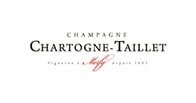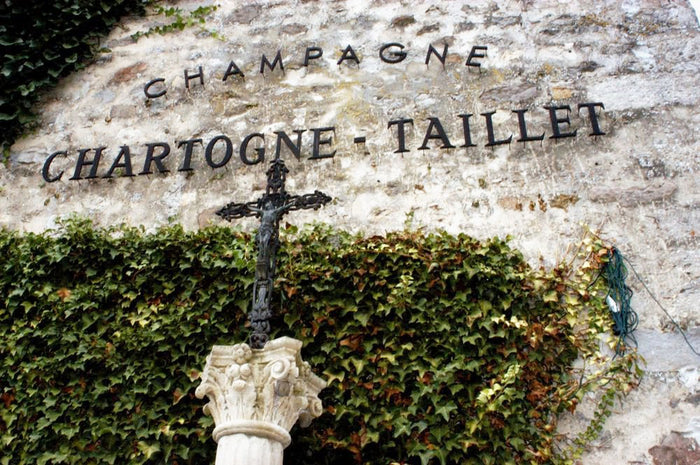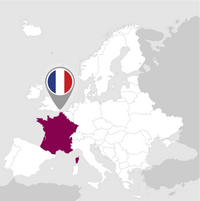Description
Extra brut classic method Champagne, 12.5% ABV, produced by Chartogne Taillet. Blend: 60% Chardonnay, 35% Pinot Noir, 5% Pinot Meunier. 0.75L bottle. A tribute to the Merfy terroir in Champagne, which encompasses a wide variety of soil types, from Thanetian sands and clays to Cuisian soils. Vinification takes place in stainless steel tanks with indigenous yeasts. Unfiltered. Typical bread crust aroma, with pleasant hints of honey. Intense straw yellow. Balanced, savory, with a solid structure, mineral and persistent.
Awards
Details

Perlage

Perfume

Color

Taste
Serve at:
06 - 08 °C.
Longevity:
15 - 25 years

Pairings
- Start up year: 1485
- Oenologist: Alexandre Chartogne
- Hectares: 11
The family's wine-making tradition traces back to 1490, with Nicolas Taillet and Fiacre Taillet in 1540. In 1700, a second Fiacre Taillet, a learned winegrower, wrote his memoirs recounting his life and all the important events in the village, his family and his profession. The Chartogne-Taillet family continues this tradition and savoir-faire inherited from this winegrowing heritage. Read more


| Name | Chartogne Taillet Champagne Sainte Anne Extra Brut |
|---|---|
| Type | White green classic method sparkling wine extra brut |
| Denomination | Champagne AOC |
| Size | 0,75 l |
| Alcohol content | 12.5% by volume |
| Grape varieties | 60% Chardonnay, 35% Pinot Nero, 5% Pinot Meunier |
| Country | France |
| Region | Champagne region |
| Vendor | Chartogne Taillet |
| Origin | Merfy. |
| Production technique | This cuvée is a sensory snapshot of the company's village. It combines all the Merfy soil types, from Thanetian sands and clays to Cuisian soils. It is generally a blend of three grape varieties and is the only non-vintage Champagne of the company. |
| Wine making | Vinification takes place in stainless-steel tanks with indigenous yeasts. |
| Aging | Not filtered. |
| Allergens | Contains sulphites |






